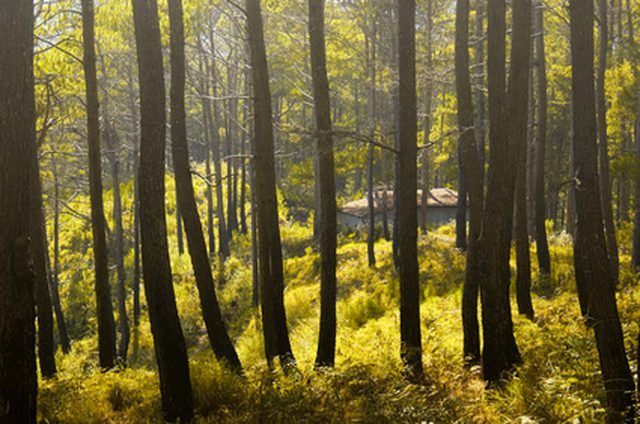Bulbs
Flower Basics
Flower Beds & Specialty Gardens
Flower Garden
Garden Furniture
Garden Gnomes
Garden Seeds
Garden Sheds
Garden Statues
Garden Tools & Supplies
Gardening Basics
Green & Organic
Groundcovers & Vines
Growing Annuals
Growing Basil
Growing Beans
Growing Berries
Growing Blueberries
Growing Cactus
Growing Corn
Growing Cotton
Growing Edibles
Growing Flowers
Growing Garlic
Growing Grapes
Growing Grass
Growing Herbs
Growing Jasmine
Growing Mint
Growing Mushrooms
Orchids
Growing Peanuts
Growing Perennials
Growing Plants
Growing Rosemary
Growing Roses
Growing Strawberries
Growing Sunflowers
Growing Thyme
Growing Tomatoes
Growing Tulips
Growing Vegetables
Herb Basics
Herb Garden
Indoor Growing
Landscaping Basics
Landscaping Patios
Landscaping Plants
Landscaping Shrubs
Landscaping Trees
Landscaping Walks & Pathways
Lawn Basics
Lawn Maintenance
Lawn Mowers
Lawn Ornaments
Lawn Planting
Lawn Tools
Outdoor Growing
Overall Landscape Planning
Pests, Weeds & Problems
Plant Basics
Rock Garden
Rose Garden
Shrubs
Soil
Specialty Gardens
Trees
Vegetable Garden
Yard Maintenance
How Do Pine Trees Survive in a Dry Climate?
How Do Pine Trees Survive in a Dry Climate?. Several types of pine trees grow well in dry conditions, and several factors make them adaptable to dryness. The biggest reasons are the trees' roots and needles. These desert pine trees are a fascinating result of the evolution of nature.

Several types of pine trees grow well in dry conditions, and several factors make them adaptable to dryness. The biggest reasons are the trees' roots and needles. These desert pine trees are a fascinating result of the evolution of nature.
Types
Many varieties of pine trees actually grow well in dry climates. The Ponderosa pine is one of the most dry-hardy pine trees. The Italian stone pine can also tolerate dry conditions. The pinion pine is also seen in desert conditions, as is the bristlecone pine. The Afghan pine is desert-hardy and originates from Afghanistan and Pakistan. The Afghan pine is a shrub-like variety. All of these pines grow well in dry conditions once established.
Roots
The root system allows pine trees to survive dry conditions. The roots usually are as deep as the tree is tall, and longer in some instances. The Ponderosa pine contains most of its roots between two and 40 feet below the surface of the ground. The roots also are widespread, and can reach out as wide as the tree is tall. For the Ponderosa pine, this is more than 100 feet in some cases. Other pine varieties, such as the Italian stone pine and the pinion pine. have root systems that reach 60 to 80 feet out from the trunk. This allows the roots to take in as much moisture as possible from a wide area.
Needles
Pine needles also play a role in the collection of moisture. Many drier climates have cooler nights, such as some deserts in the mountains. This creates a lot of condensation on the needles. The pine tree can actually absorb water through the needles and transport the water to the roots. Some pine trees have this ability and others do not.
Establishment
Pine trees still need water in their first few years of life. Without the large root systems and large surface area of the needles, the trees do not have the necessary tools to collect rain and ground water. For the first five years of their lives, pine trees need plenty of water.
Benefits
One of the greatest benefits of having pine trees in dry conditions is their adaptability. The trees provide shade, wind protection and erosion control. Many varieties of pine that grow in drier conditions have also evolved to be more fire-resistant than their moisture-loving counterparts. In fact, for the Ponderosa pine, fire is a necessity to keep the tree healthy.